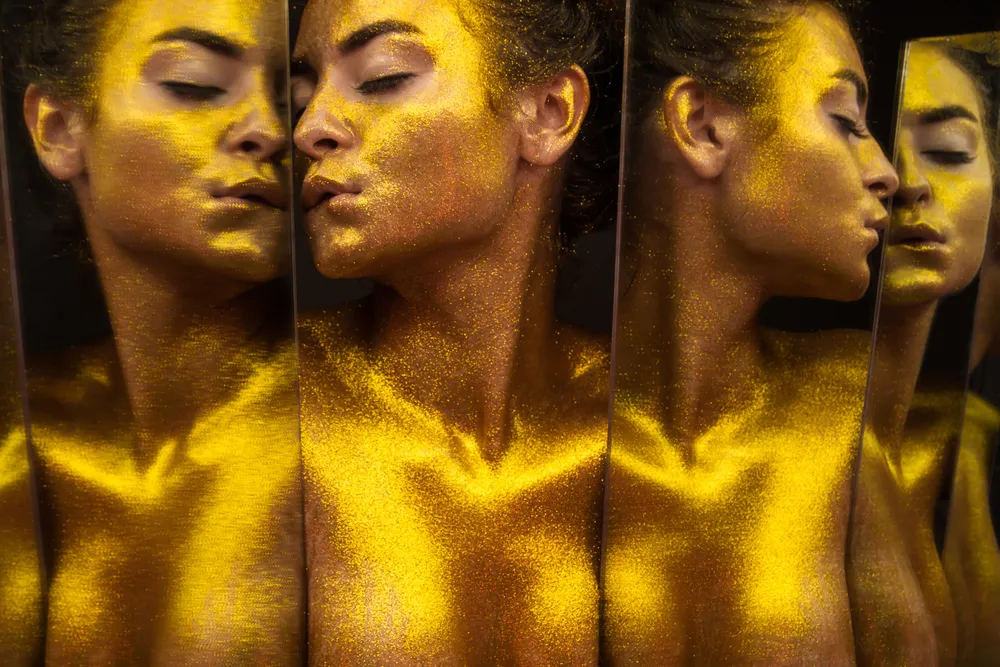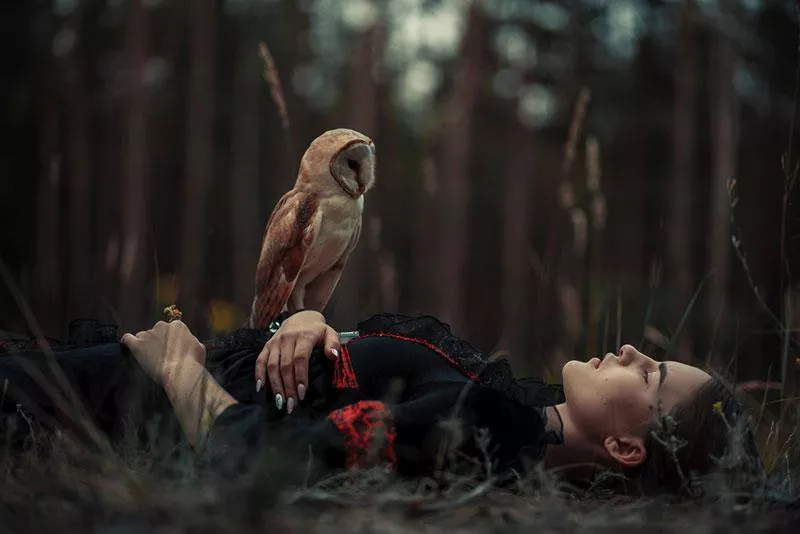What Photo Creators Can Learn from Artists and Architects
Photographers exist in a state of constant professional reevaluation and self-improvement. It’s necessary to learn new things, come up with new ideas, and find compelling ways to implement them. And the most obvious way to do it is by looking at other photographers. But the experience of artists and architects could also be valuable and helpful. Read on to find out the details, and bring your career in visual content creation to the next level.
Let’s explore several artistic and architectural marvels using the ten principles of good design by Dieter Rams, and adjust seven of them to photo creation. Not only do they serve as an inspiration source, but they can also provide additional meaning to creativity.
So, what is good visual content like?
1. Innovative
Innovation does not exist for people to see it and exclaim, “Wow!” It often solves rather mundane problems like allowing creative people to make money.
Take Frank Gehry, an American architect and designer. His chairs made from corrugated cardboard cost hundreds of dollars, with the prime cost of about $7. You could also see Frank in The Simpsons, where he built a concert hall after getting inspired with a sheet of crumpled paper.
It’s hard for the human brain to accept change, and that’s why some innovative solutions look odd and even cringe-worthy at first. A striking example is Frank Gehry’s Guggenheim Museum in Bilbao, Spain. Locals were initially against such an atypical building in their city, but they changed their minds later on.
A fun fact: The Guggenheim Museum appeared in the James Bond series (The World Is Not Enough) and Dan Brown’s book Origin.
But don’t worry, you don’t need to spend years to be capable of innovating. Let’s take Gustave Eiffel, for example. As a student, he already used an innovative approach to building steel structures and crafted his first significant work, the Bordeaux bridge, applying the force of compressed air to it.
There are two lessons that photographers, in particular, can learn here:
1. Don’t be afraid to try different approaches to photo creation and come up with your visual identity.
2. Don’t ignore teamwork and networking.
Great architects know how to work as a team, collaborating with colleagues in bureaus (Snøhetta), creative studios, or groups (Asymptote) to give birth to unexpected yet innovative solutions like building a hotel over Formula 1 race track.
The Yas Hotel in Abu Dhabi, the UAE (Source)
2. Aesthetic
According to Rams, when a product is aesthetic, it means that’s also useful and functional. He used to say that “only well-executed objects can be beautiful.” But no matter what anyone says about functionality, everything becomes a more enjoyable experience when it looks good.
Another legendary creative whom you could use as a source for inspiration is Vincent van Gogh.
The way he conveys feeling and emotion through color combinations is fascinating. It’s astonishing how he works with form, distortion, and stylization to affect perception and emotional states. Isn’t it exactly what we call aesthetics in photography?
By the way, van Gogh’s artworks have also become functional in a way, since they’re used for a variety of objects from notepads to bags and clothes.
The lesson to learn: While you’re aiming for certain angles and compositions in your photos, remember that beauty is always in the eye of the beholder.
3. Understandable
One of the goals a photographer should consider is making their works easy to understand. And the artist to learn this lesson from is French impressionist Claude Monet. Unexpected, isn’t it?
Yes, we all remember Monet as an art revolutionist. But he had started with paintings of clearly defined compositions, like Garden at Sainte-Adresse.
How can an artist make their artwork understandable for the audience? By presenting it as a narrative with a clear background and characters.
(Source)
4. Unobtrusive
Mr. Rams insisted that good design should be “neutral and restrained” to serve as a tool, not a decorative object or work of art. Being unobtrusive leaves room for the user’s self-expression.
Take Tadao Ando, a self-taught Japanese architect whose style emphasized nothingness to represent the beauty of simplicity. His Rokko housing complexes in Kobe were the only ones to survive the Great Hanshin earthquake in 1995.
As a photo creator, you might want to apply this principle of unobtrusiveness to your works: Don’t cram pictures with tons of objects and pompous details.
When you try to achieve authenticity and uniqueness through them, you risk losing the main point and overwhelming your audience. In reality, the best way to do your job as a photographer is to make simple decisions. People will appreciate that.
5. Honest
Your photos will look better only if you implement shooting techniques and topics you know best. So it’s better to avoid lies or manipulations of any kind. Don’t make promises you won’t be able to keep.
Photographers can learn honesty from artists like Frida Kahlo. After a bus accident, she painted tons of self-portraits, explaining her choice in a very straightforward manner:“I paint self-portraits because I am so often alone, because I am the person I know best.”
For photo creators, being honest is also about giving up the attempts to make photo content look more consequential than it is.
Let’s take Rembrandt’s Portrait of Baertje Martens, for example. Painting an ebonist’s wife, the artist didn’t glamorize anything. Even though she looked her best, her outfit was still simple — a white bonnet and a dark dress. Rembrandt conveyed her image in a way that made a pleasant impression of calmness and dignity.
6. Thorough to the last detail
The eighth principle of good design from Dieter Rams claims that “nothing must be left to chance; care and accuracy in the design process show respect towards the user.”
The same works for photography, don’t you agree? Every detail in your photos should be intentional and well-arranged. As a rule, it means getting rid of the non-essentials. But please don’t think of it as a waste of your time.
Follow the lead of the genius Leonardo da Vinci, who kept a journal and wrote down all the ideas that came to his mind. Save all photo drafts and photo ideas in different folders. Something you won’t use right now may come in handy for your next project.
Think of the process the way Pablo Picasso did while painting his Portrait of Gertrude Stein.
When the portrait was almost ready, Picasso decided not to complete the head because he wasn’t happy with the result! A few months later, the artist returned to the painting without seeing Gertrude and painted her face as a mask. As Stein said later, “It is the only reproduction of me which is always I, for me.”
7. Minimalistic
“Back to purity, back to simplicity,” Rams says, specifying that “good design is as little design as possible.”
Speaking of photos, we can relate this to minimalism and the “less is more” principle by German-American architect Ludwig Mies van der Rohe, who designed buildings with a minimal structural order, free-flowing open space, and extreme clarity.
Mies’ “skin and bones” architecture communicates the power of simplicity, inspiring modern photographers and graphic designers. And yet, if photo creation is your way of earning a living, it’s vital to remember about market demands too.
Try finding a balance between your freedom of expression and your client’s vision.
Wrapping up
As a photographer, you can always learn from artists and architects, not only colleagues. The sources for inspiration and knowledge are many, both among the greats and those surrounding us every day. Why not dive into studying human anatomy, history, or psychology? It all comes in handy, and switching attention between niches is helpful in avoiding creative blocks. Hopefully, these tips will help you in your creative journey.








